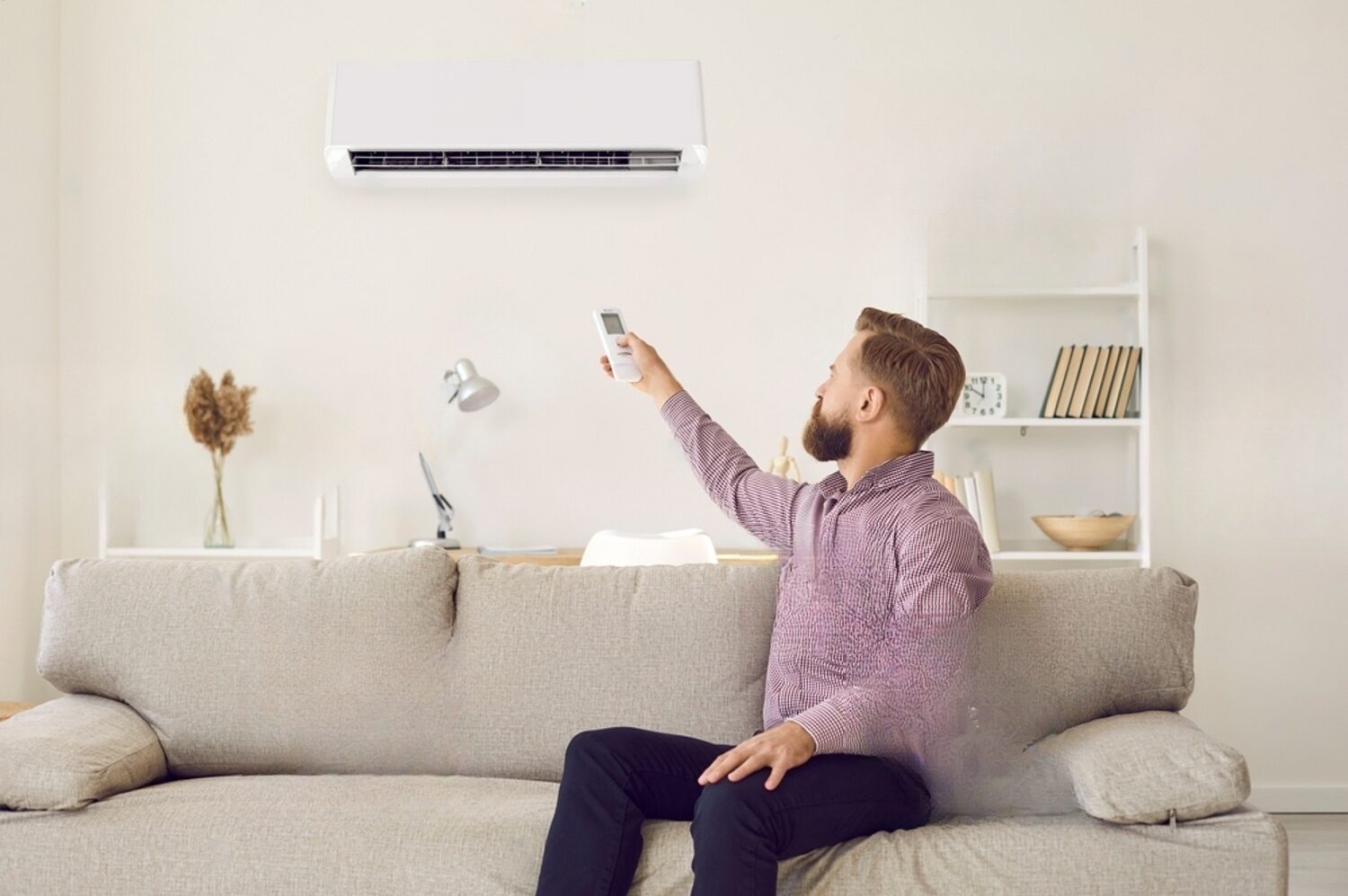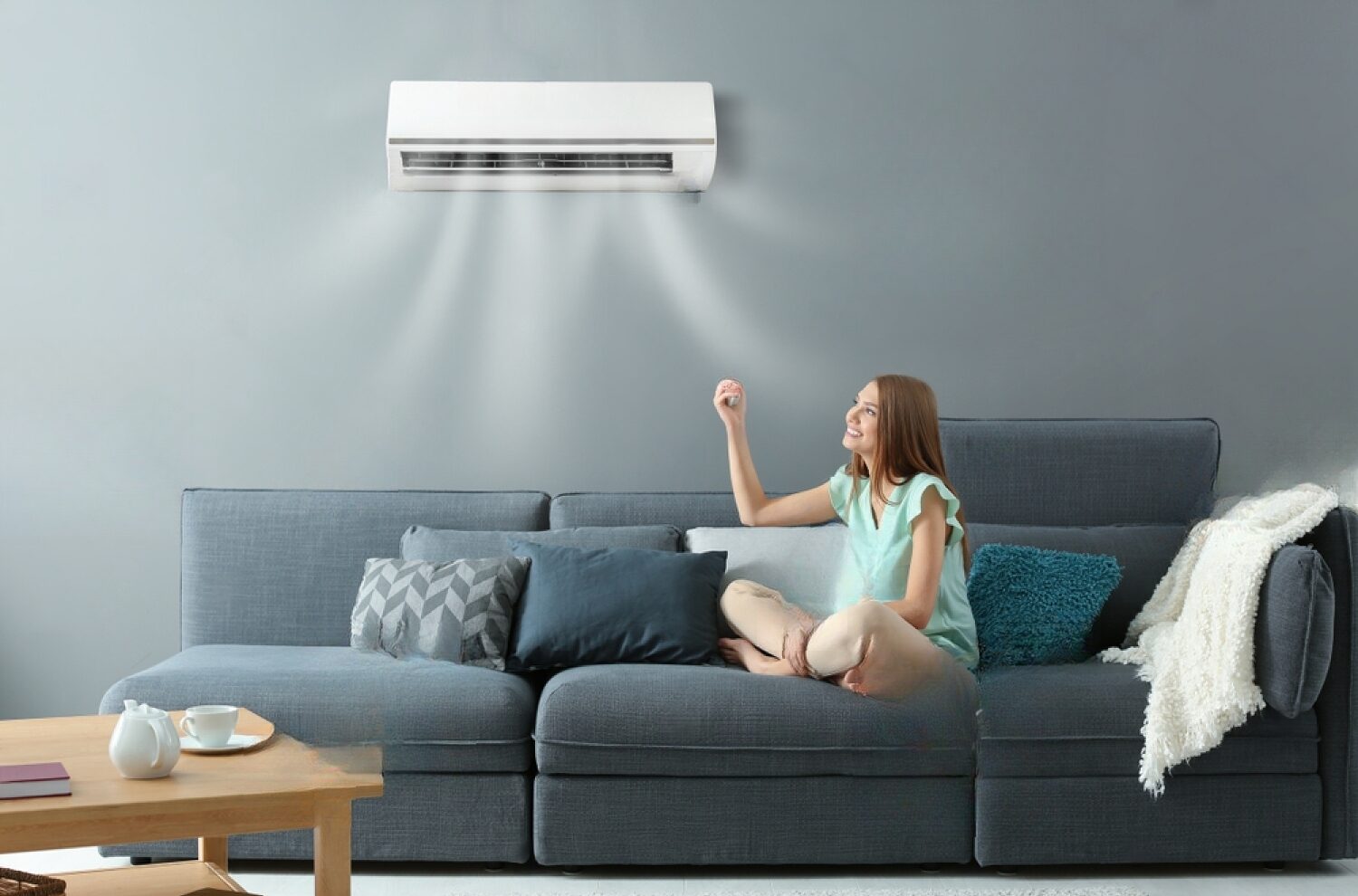A Comprehensive Guide to Troubleshooting and Fixing Refrigerator Issues
Before calling the authorized refrigerator service, we will try to explain in our article titled ‘Common Refrigerator Problems and Solutions’ how you can troubleshoot issues related to your appliance. If your refrigerator is constantly leaking water or making noise, you may wonder if it’s time to replace it. The freezer compartment may not be working or it may be freezing, leading you to think that it’s time to call for service. Regardless of the problem with your refrigerator, sometimes a thorough cleaning or a simple temperature adjustment can do the trick.
Even if you don’t know how a refrigerator works, we will share the reasons behind some of the most common refrigerator problems and how to fix them. These simple solutions can save you extra costs, as most of them can be resolved without spending money. Let’s examine together the most common refrigerator problems and their solutions.
Most Common Refrigerator Problems and Solutions
Refrigerator Runs Constantly
Cause 1: One of the most common reasons for a refrigerator running too frequently (or worse, continuously) is the accumulation of dust around the condenser coils. If you live in a dusty environment or have a few pets, the constant running of the refrigerator is among the common refrigerator problems.
Solution: First, unplug the refrigerator from the power source. In most refrigerators, the condenser coils are located at the bottom of the appliance and can usually be accessed from the front or the back. Look for the grille section of the refrigerator that holds the coils and remove it by releasing the clips or turning it if it’s screwed. Use a vacuum cleaner to remove the accumulated dust, so most of the dust will be cleaned. If there is a significant buildup of residue, you can use a brush or a damp cloth to gently clean the remaining residue. Place the grille back in place and plug the refrigerator back in.
Refrigerator Runs Constantly
Cause 2: Setting the refrigerator temperature too low can cause the appliance to run excessively and can also spoil some of your food.
Solution: Generally, it is recommended to set your refrigerator between 2.8 and 4.4 degrees Celsius. Place a thermometer in a glass of water, put the glass on the middle shelf of the refrigerator, and let it sit for at least 8 hours. Periodically adjust the temperature setting in your refrigerator to gradually reach the desired temperature. If this does not solve the problem, contact an authorized refrigerator service as you may have a faulty component such as the condenser, thermostat sensor, or fan motor.
Refrigerator Leaks Water
Refrigerator Freezing and Frosting Problem
Another problem among the common refrigerator problems is the formation of frost and ice inside your refrigerator. This issue can occur due to three different reasons. Cause 1: Keeping the refrigerator door open for a long time can increase the humidity level inside the freezer, leading to the formation of frost and ice.
Solution: Try not to keep the freezer door open for an extended period. Open the freezer or refrigerator door and see if it closes on its own; if the door doesn’t close by itself, it may be causing the frosting/icing inside the refrigerator. To solve this, pull the refrigerator slightly forward and have someone lean it back enough for you to reach the two front leveling legs of the refrigerator. (Don’t try this alone!) Extend both legs by a few turns. This will allow the doors to close on their own and ensure proper drainage of water from the freezer and refrigerator. If this does not solve the problem, contact an authorized refrigerator service. There may be a problem with the defrost timer of your appliance. But first, check the following two things.
Cause 2: A problem with the refrigerator door gasket can lead to unwanted frosting.
Solution: Clean the gasket around the door with a mixture of warm water and mild detergent. Rinse it thoroughly and dry it with a clean cloth. Make sure the gasket is properly aligned and securely attached to the door. You can use a hairdryer to soften and reshape the gasket if necessary. If the gasket is damaged or worn out, it may need to be replaced.
Cause 3: A faulty defrost system can cause excessive frost buildup.
Solution: If you notice excessive frosting or icing inside your refrigerator, it could be due to a malfunctioning defrost system. In this case, it is recommended to contact an authorized refrigerator service for repair or replacement of the defrost system components.
Please note that the solutions provided here are general guidelines, and it is always recommended to refer to the user manual or contact the manufacturer or authorized service center for specific troubleshooting steps for your refrigerator model.
Factors to consider before calling refrigerator service
After noticing signs that your refrigerator is malfunctioning, there are several factors to consider when deciding whether to repair or replace it. These factors include the refrigerator’s age, type, energy efficiency, and the cost of repairs.
Age of the refrigerator
While the lifespan of a refrigerator varies depending on the type, you can generally expect it to last about ten years. Built-in and integrated models tend to have a longer lifespan of up to twenty years. However, standard refrigerators like top freezer and walk-in models typically last around 10-15 years. Other factors, such as maintenance and construction quality, can also impact the refrigerator’s lifespan.
To extend the life of your refrigerator, you can take a few steps. Keep it away from direct sunlight and heat-emitting devices like microwaves and dryers. Ensure that the coils at the back of the refrigerator have a few inches of space from the wall to prevent insulation damage. Regularly clean the coils, door seals, and drip pan at least once a month to prevent the gaskets from drying out and cracking.
As a general guideline, the longer you use your refrigerator, the higher the potential repair costs. If your refrigerator is over ten years old, it may be more cost-effective to buy a new one instead of continuing to repair it.
Refrigerator type
When deciding between repair and replacement, consider the type of refrigerator you have. Some types are more challenging and expensive to repair than others. Consumer Reports suggests the following guidelines:
- Built-in refrigerators are generally worth repairing due to lower repair costs and longer lifespans.
- Wardrobe-style refrigerators should be repaired within five years but considered for replacement thereafter.
- Bottom freezer refrigerators should be repaired within seven years but considered for replacement after that.
- Top-freezer refrigerators should be repaired within three years, considered within three to six years, and replaced if older than seven years.
Always check if you have a warranty or extended service before considering replacement or repair. Typically, a warranty covers free replacement or repairs, but if your refrigerator is over ten years old, the warranty may no longer be valid.
Refrigerator energy efficiency
If your refrigerator was manufactured before 1992, it is likely causing high energy bills. Since 1992, refrigerators have been rated for energy efficiency to promote greener options and reduce greenhouse gas emissions. A ten-year-old refrigerator consumes twice as much energy as a newer model, leading to wasted power, higher bills, and environmental impact.
Therefore, if your refrigerator is more than ten years old, investing in a new, energy-efficient model is worth considering. You will start to see the benefits reflected in your electricity bill within the first month of installation. We understand that purchasing a new, energy-efficient refrigerator is a significant investment, but the long-term advantages will outweigh the costs incurred.
Refrigerator repair costs
The extent of damage and repair costs vary from one situation to another. It is advisable to consult a refrigerator repair technician before deciding to invest in a new one. However, as a general rule, if your refrigerator has multiple faulty parts or is over ten years old, it is likely time for a replacement. Consumer Reports recommends replacing your refrigerator if the repair costs exceed half the price of buying a new one.


